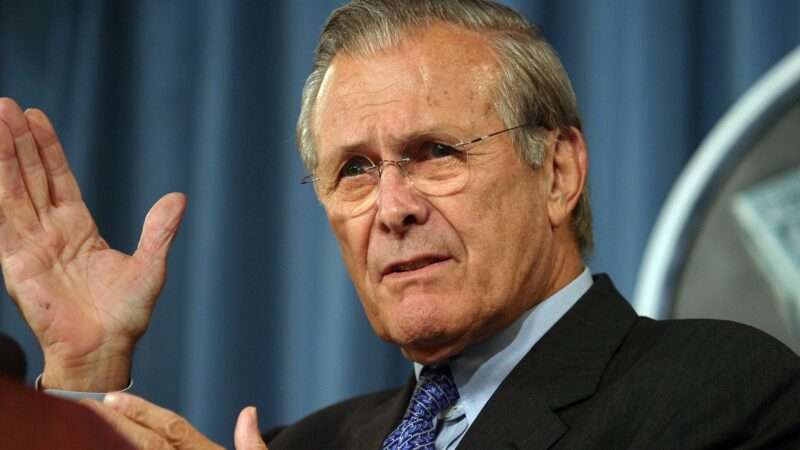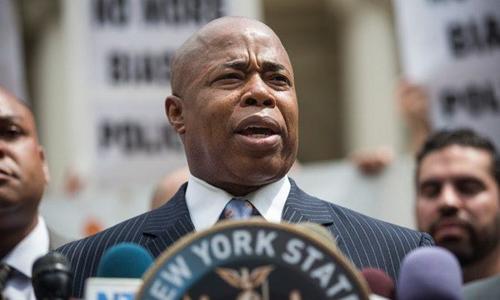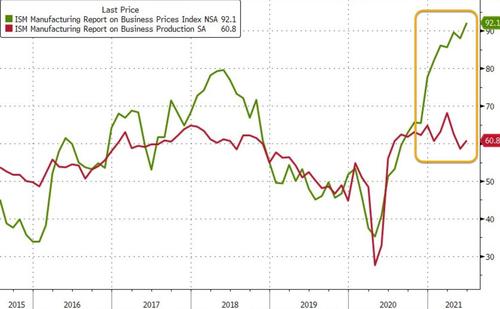On June 6, Peruvians voted in a presidential runoff between Pedro Castillo, a previously obscure teachers union leader with a neo-Marxist agenda, and Keiko Fujimori, a former congresswoman and daughter of former-president-turned-dictator Alberto Fujimori.
Although Castillo won the official count with 50.1 percent of the total—by a margin of just 44,000 votes—Fujimori has tried to have around 200,000 ballots invalidated. Her efforts to overturn the election’s result, however, are likely to fail. If anything, Fujimori’s desperate tactics, which have elicited comparisons to former President Donald Trump’s claims of voter fraud to justify his 2020 electoral defeat, have lent credence to Castillo’s claims that he faces a political establishment that is not only corrupt—Keiko Fujimori spent time in jail due to a notorious corruption scandal—but also clings to power by any means necessary.
The battle in Peru is no longer about who won the election; it’s about preserving the country’s constitution. Drafted in 1993, the current constitution underpins the free market policies that helped the country reduce its poverty rate by roughly one-half, nearly triple its per capita income, and even slash inequality (as measured by a 12-percentage-point reduction in the Gini coefficient between 1998 and 2019). As Ian Vásquez and Ivan Alonso write for the Cato Institute, during the last decades, “Peruvians have experienced dramatic and widely shared improvements in well-being.”
Peru’s economic success is a rather new development. As recently as August 1990, the country experienced a 397 percent monthly inflation rate. Previously, dictator Juan Velasco Alvarado, a military officer who led a coup d’état in 1968, had nationalized key industries, creating state monopolies in oil and mining, fisheries, and food production, among other key sectors. He also expropriated large tracts of land and severely restricted imports, all according to a five-year plan of national production. Economists César Martinelli and Marco Vega argue that Velasco Alvarado’s statist program cost Peru “sizable losses” in economic growth during two decades, leading to the hyperstagflation of the late 1980s.
Once in power, Alberto Fujimori, who won the presidential election in 1990, took drastic measures to stabilize prices, mainly by restricting the money supply and government deficits. Meanwhile, he deregulated markets and shrank the state’s size by privatizing state-owned companies.
The 1993 constitution strengthened Fujimori’s free market reforms, but it was approved a year after the infamous self-coup or “fujimorazo,” when the strongman dissolved the legislative branch, where opposition parties held a majority, and ruled by decree until he had a new, pro-government Congress elected. Nevertheless, since Fujimori’s resignation and subsequent impeachment in 2000, a series of democratically elected governments have upheld the constitution. In fact, Peru’s Supreme Court tried and sentenced Fujimori for human rights abuses during the war against the Shining Path, a communist guerrilla group, under the existing constitutional framework.
Today, the constitution is the only obstacle in the way of President-elect Castillo’s party platform, which praises Vladimir Lenin and Fidel Castro while promising a back-to-the-past agenda of nationalizing the mining sector and other major industries, expropriating land, and getting rid of Peru’s successful private pension system, which administers approximately USD $40.7 billion in citizens’ savings. Much like Velasco Alvarado, who nationalized news media companies, Castillo’s “Free Peru” party plans to “regulate” the press, claiming that a “muckraking” media is “fatal” to democracy.
The Peruvian Constitution, however, declares private property—including that held legally by foreigners—to be inviolable. It also guarantees free enterprise, foreign investment, market-based competition, and press freedom. Tellingly, Castillo’s “Free Peru” party calls for a new constitution to replace the one in place, which it rejects as “individualist, mercantilist, privatizing, and defeatist” in the face of foreign interests.
Since the election, both Castillo and his allies have insisted on the supposed need to summon a new constitutional assembly once they are in power. However, certain elements in the current Congress, which was elected in 2016 and whose term ends on July 26, have acted to protect the constitution. On June 23, the Constitutional Commission issued a verdict—which still has to be approved by a plenary session—stating that the executive could not use a defeat in a no-confidence vote, which allows the president to dissolve Congress, to carry out constitutional reforms. This method was suggested by Castillo’s political mentor, Vladimir Cerrón, a Cuba-trained doctor who was forced to resign as governor of the Junín province due to a criminal conviction.
According to a recent poll, 77 percent of Peruvians are against doing away with the current constitution. As YouTuber Mirko Vidal remarks, this suggests that a good portion of Castillo’s vote wasn’t pro-Marxist as much as anti-Fujimori.
It remains to be seen whether Peru’s institutions can withstand Castillo’s certain onslaught once he is in power. It would be no surprise if he tried to get rid of term limits, a classic recipe of 21st century socialists such as Venezuela’s Hugo Chávez and Bolivia’s Evo Morales, caudillos who, like Alberto Fujimori, won an election and changed the rules of the game so as to hold on to power. Another similarity with Chávez and Morales is Castillo’s blend of anti-capitalist dogma with a strong sense of social conservatism; he opposes same-sex marriage, a “gender-focus” in education, and large-scale immigration. Repeatedly, he has promised to expel all illegal immigrants—meaning many of the 1 million Venezuelans who arrived in the country as they fled from Chavista socialism—just 72 hours after taking office. While these stances are electorally savvy, they make Castillo an odd bedfellow of the foreign progressives who praise him with titles such as son of the soil.
Although Castillo is not yet in office, his electoral success has already dented Peru’s economy and its financial markets. The day after his election, the sol, Peru’s currency, sank to its lowest historical level against the U.S. dollar, while Lima’s main stock market index dropped more than 7 percent. As the market opened on June 30, the iShares MSCI Peru ETF, which tracks the country’s underlying index and is heavily weighted toward the copper mining sector, was down more than 20 percent since April 8, three days before the first round of voting. JPMorgan warned about possible capital flight from Peru if Castillo is confirmed as president, but one Miami-based wealth manager noted “significant outflows [of money] from the country” even before the June 6 runoff.
The press has noticed how the Lima elite has begun to withdraw its money from Peru, but this is a familiar story. When Marxists came to power in both Cuba and Venezuela, the rich were the first to remove their assets before emigrating themselves. Under socialism, it’s only a matter of time before the middle class is stricken and, eventually, the desperate masses follow in their wake.

from Latest – Reason.com https://ift.tt/3yeyZ0s
via IFTTT








